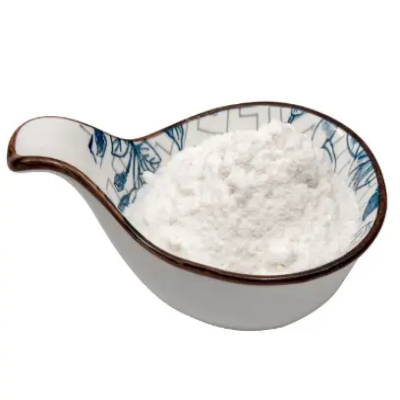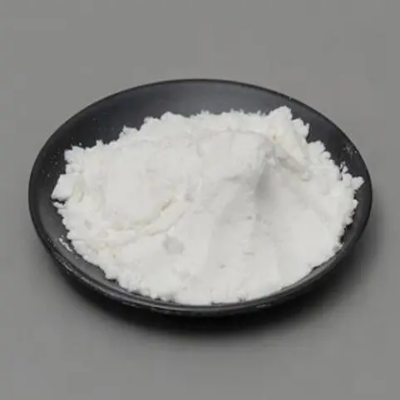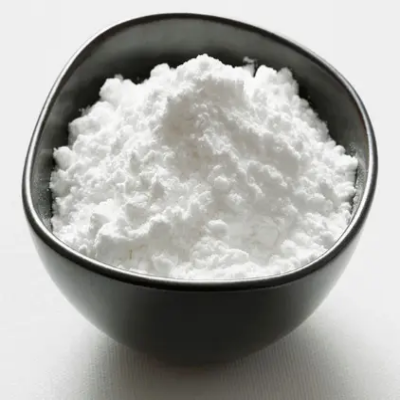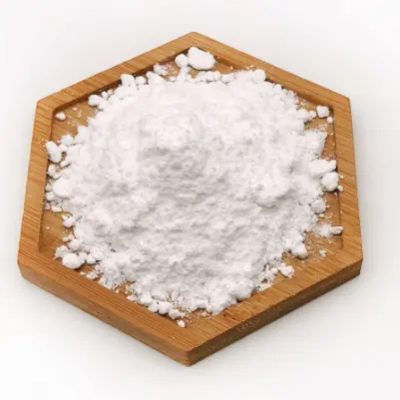Rhodium(II) octanoate dimer CAS:73482-96-9
Rhodium(II) octanoate dimer finds diverse applications in catalysis, owing to its ability to activate carbon-hydrogen bonds and mediate important organic reactions efficiently. Carbene Insertion: It serves as a catalyst in carbene insertion reactions, where carbenoid intermediates are inserted into carbon-hydrogen bonds of substrates. This reaction facilitates the synthesis of complex organic molecules, including pharmaceutical intermediates and natural products. C-H Activation: Rhodium(II) octanoate dimer catalyzes C-H activation reactions, enabling the functionalization of inert C-H bonds under mild conditions. This strategy allows for the direct transformation of hydrocarbons into valuable functionalized compounds, reducing the need for pre-functionalized starting materials. Olefin Cyclopropanation: It facilitates the cyclopropanation of olefins with diazo compounds, leading to the formation of cyclopropane derivatives. This reaction is important in organic synthesis for constructing strained cyclic compounds used in pharmaceuticals and materials science. Asymmetric Catalysis: Rhodium(II) octanoate dimer can catalyze enantioselective transformations, resulting in the formation of chiral molecules with high optical purity. This property is crucial in asymmetric synthesis, particularly in the pharmaceutical industry, where the stereochemistry of molecules impacts their biological activity. Allylic Substitution: It promotes allylic substitution reactions, where nucleophiles attack allylic carbon centers of substrates to form new carbon-carbon bonds. These transformations are utilized in the synthesis of natural products and advanced materials. Catalytic C-C Bond Formation: Rhodium(II) octanoate dimer facilitates various C-C bond-forming reactions, including allylation and coupling reactions. These transformations are essential for the construction of complex organic molecules, such as pharmaceuticals and agrochemicals. Hydrogenation: In certain conditions, Rhodium(II) octanoate dimer can catalyze hydrogenation reactions, converting unsaturated organic compounds into saturated ones. This process is valuable in the production of fine chemicals and pharmaceutical intermediates. In conclusion, Rhodium(II) octanoate dimer serves as a versatile catalyst in organic synthesis, enabling a wide range of transformations that are crucial for the preparation of complex molecules in both academic and industrial settings.






| Composition | Rh2(Oct)4 |
| Assay | 99% |
| Appearance | white powder |
| CAS No. | 73482-96-9 |
| Packing | Small and bulk |
| Shelf Life | 2 years |
| Storage | Store in cool and dry area |
| Certification | ISO. |


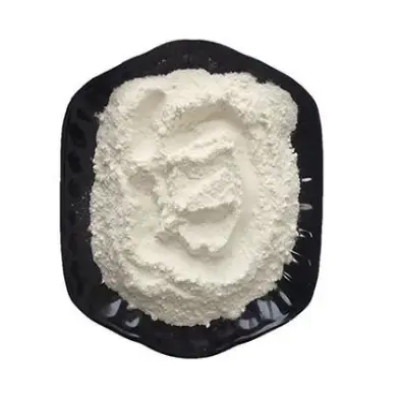

![tert-butyl N-{octahydrocyclopenta[c]pyrrol-5-yl}carbamate hydrochloride CAS:1780552-69-3](https://cdn.globalso.com/xindaobiotech/HSUS81DS80Y35NTEZTU160.png)
